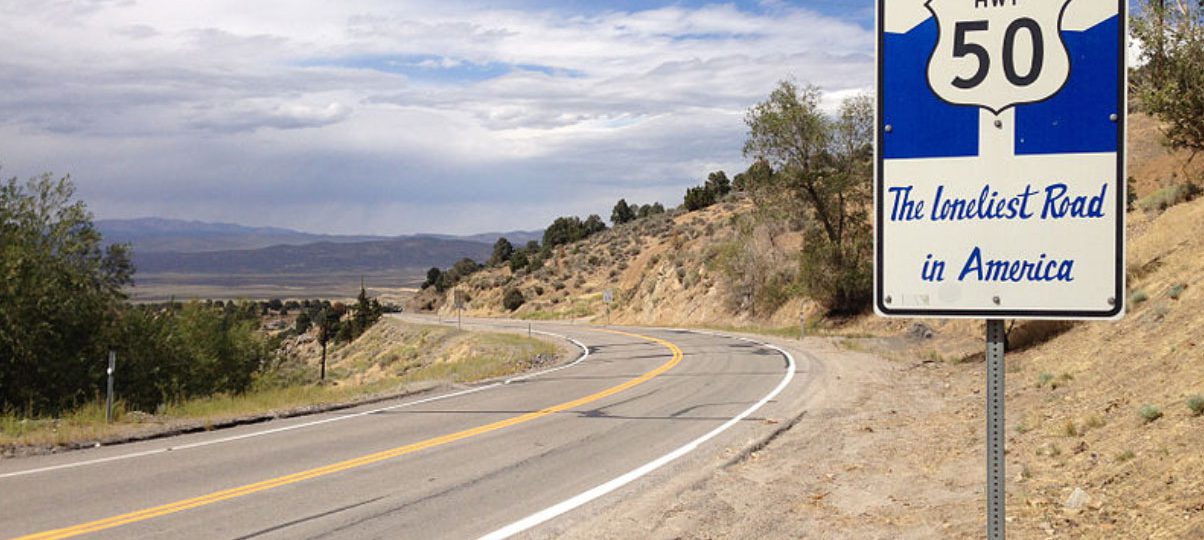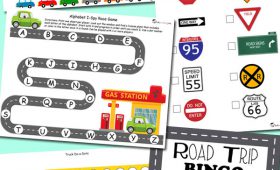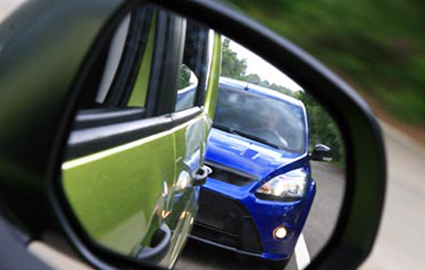When driving across the US, we are often faced with driving through long stretches of remote areas. Regions like the Great Plains, Rocky Mountains, and Great Basin have miles and miles of road with very few service areas in between.
Does your road trip involve driving through some of these or other wilderness areas? Read on to make sure you are prepared!
The Risks
Making the right preparations involves assessing the risks you will be facing. Driving in remote areas presents a higher than normal level of risk to you and your travel companions.
In remote areas, both the driver and the vehicle will be tested beyond normal conditions. It is important that you take extra steps in order to account for things like unmaintained roads, hot & dusty conditions, snow or ice, debris or rock slides, water crossings or flash flood areas, mountain driving, wildlife & livestock, etc. All well out of reach of a nearby service station.
What to do? Prepare, plan, and be smart.
Service Your Vehicle Before You Go
When you’re driving in remote areas, you want to avoid breaking down. It is important that your vehicle is in top condition before heading out. Don’t forget to have the following checked. Most of these you can easily do yourself – just check out the videos on the links.
- Tire condition and pressure. Check the door jamb on the driver’s side for the correct tire pressure and know how to check it and maintain it yourself. Most gas stations will have a tire pressure gauge, but I recommend buying one yourself. Electronic ones are most accurate, but you should at least have a mechanical one. Don’t forget to check the spare!
- Battery condition. Batteries only last so long – about 4 years on average. Make sure it is maintaining a charge and the
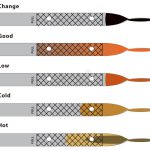 terminals are not corroded. Car part stores like AutoZone & CarQuest will usually test your battery for free. Or you can get a tester and do it yourself.
terminals are not corroded. Car part stores like AutoZone & CarQuest will usually test your battery for free. Or you can get a tester and do it yourself. - Fluid levels and conditions. This includes oil, brakes, radiator, power steering, transmission, and windshield washer fluids. Get an oil change and test your antifreeze with an antifreeze tester.
- Check your headlights, taillights, and blinkers to make sure they are working. Replace them if they are not.
- Check to make sure your air filter is clean and free of debris. Replace it if needed. If you are driving in dusty areas, this is even more important! You will want to check it often if that’s the case.
- Windshield wipers. Don’t drive with bad windshield wipers. They are relatively inexpensive and easy to change. If you don’t want to change them or they are difficult to reach, most auto parts stores will do it for you.
The following are best checked by a trusted professional:
- Check all hoses and belts for signs of wear. Have them replaced if needed
- Make sure your brakes have a lot of life left and are in good working order
- Check the heating and A/C system
- Check the axles and drive train
Performing these service steps before you go will go a long way towards avoiding problems on the road. Most of them are inexpensive and easy fixes. The others are only going to be more expensive and inconvenient far from a service station.
Be Prepared If Something Happens
Even the best maintenance can’t foresee every problem you might encounter on the road. The road is full of hazards, humans sometimes leave the lights on, and things can break unexpectedly.
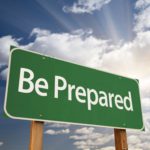 The key when this happens is to do your best to plan for what might happen. The first thing is to educate yourself on how to do the basic things listed above. Watch the videos and look at your vehicle’s manual. Don’t do these for the first time while in the rain in the middle of the night on a road in the middle of nowhere.
The key when this happens is to do your best to plan for what might happen. The first thing is to educate yourself on how to do the basic things listed above. Watch the videos and look at your vehicle’s manual. Don’t do these for the first time while in the rain in the middle of the night on a road in the middle of nowhere.
In addition, know how to fix a flat tire, change a tire, jumpstart a vehicle, and start a fire.
Secondly, bring along some essential items you may need when something happens. You won’t be able to bring along everything, but if you’re prepared for the most common events, it may just save you a lot of angst, time and money.
This earlier post describes many of the essential items you should bring along and includes a printable checklist. Check it out for more info.
Be Smart
In most cases, you’ll be fine if you use some common sense, don’t panic, and think through your situation.
If you will be driving roads that may be gravel or low maintenance, consider driving a 4WD or AWD vehicle with sufficient clearance. Many non-Interstate or non-highway roads through the mountains are narrow, winding, and include water crossings.
Research these roads well ahead of your trip so you know what to expect and where the pullovers or alternative routes are. If you end up turning around, it could not only be dangerous, but add hours to your journey.
end up turning around, it could not only be dangerous, but add hours to your journey.
If there is water across the road for any reason, you should always stop and inspect the water prior to driving through it. Check the depth and make sure it won’t be deeper than your vehicle can handle. Your engine will stall if it gets wet.
Here’s a nice video on how to do it. And besides, who doesn’t love an Australian accent? Hehe…
While we’re at it, when you’re driving in the mountains, there are some critical things to keep in mind:
- Don’t ride the brakes on descents. Slow down and brake before turns to better maintain control. You may also want to downshift before going downhill.
- Watch your engine temperature while ascending. If the engine overheats, turn off A/C and pull over when you can to allow the engine to cool down.
- Use pullouts for scenery stops and to let others pass. Don’t wander out of your lane or hold up traffic!
- Uphill traffic has the right of way. Keep this in mind – especially on narrow passages.
- Use your headlights to help others see you.
When you’re traveling, and especially when traveling through remote areas, you should let others know your planned route and expected arrival times. Scheduling checkpoints or updates is important so that others know when to come looking for you and where they can expect to find you.
If something does happen, your vehicle will provide the best shelter and your best chance of being found. Stay with your vehicle.
Don’t drive extra long days through remote areas. Limit driving to no more than 10 hours and take frequent breaks in order to avoid fatigue. Remaining alert and in good form is important to the wellbeing and safety of everyone. Pushing ahead when you’re exhausted can lead to poor decisions and accidents.
Some of the world’s most beautiful places are also the most difficult to reach. Remote doesn’t necessarily mean boring. Don’t forget to enjoy the journey while traveling!
I hope you enjoyed these tips and they help you on your next road trip! If you want to chime in or if I missed something on your ‘must do or have’ list, please let me know in the comments below!
Also – if you’re looking for help planning a road trip or your next great adventure, let us know by contacting us here!
As always, thanks for reading!
Kristi, aka The Trippy Tripster
